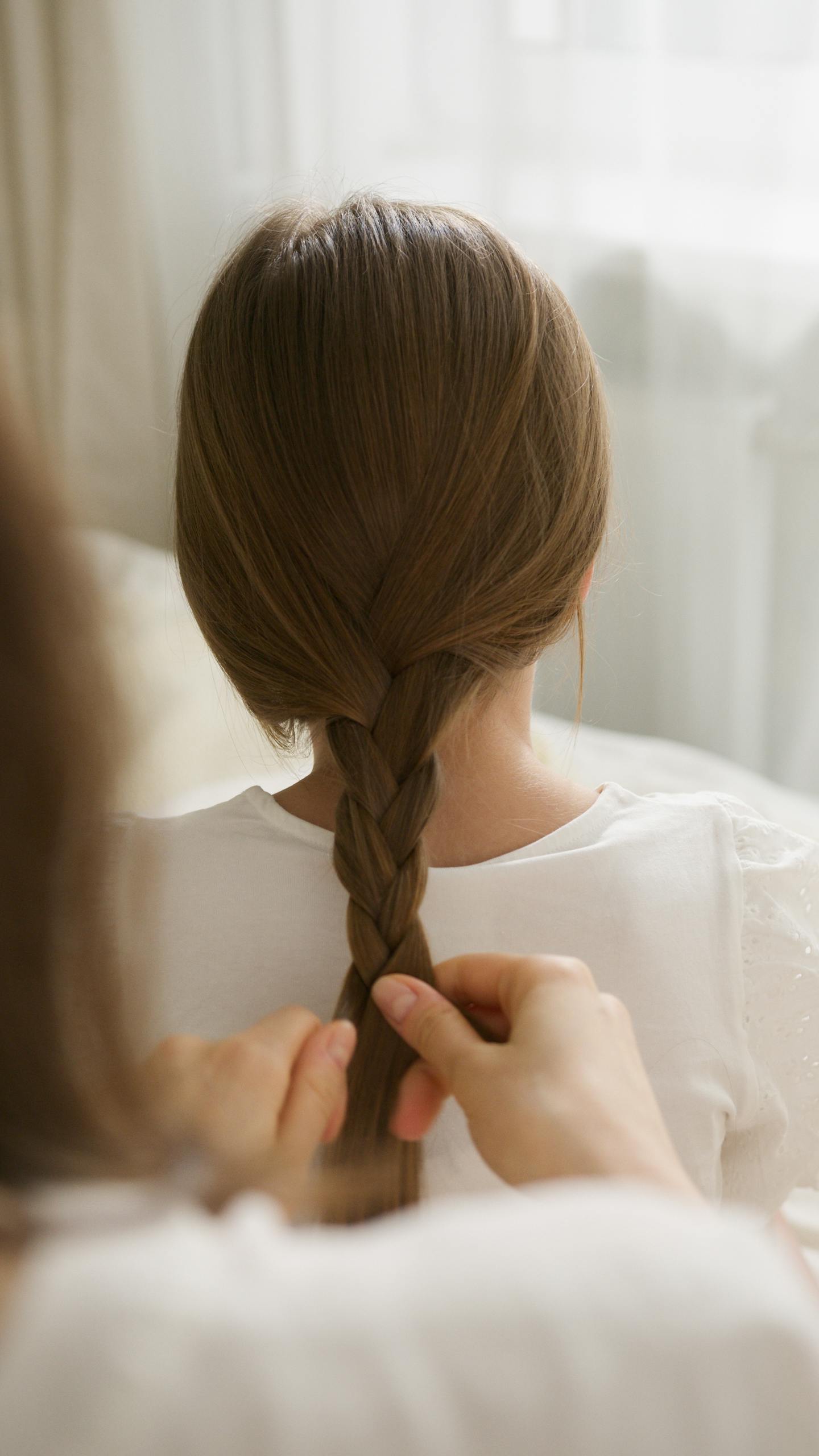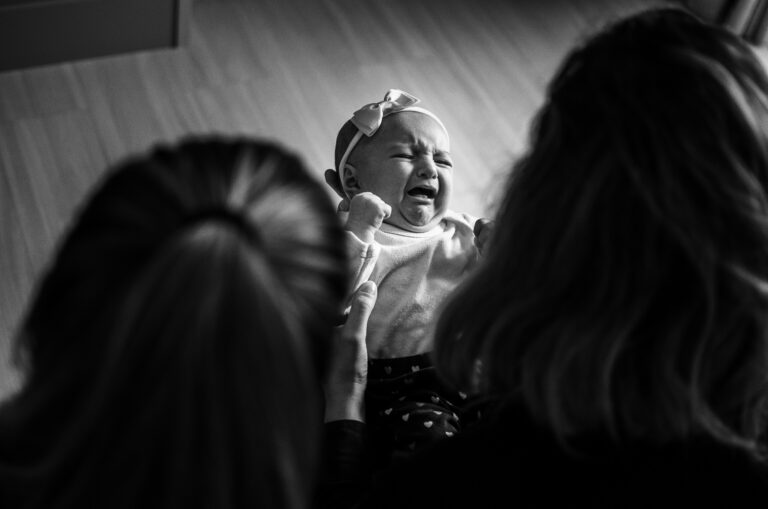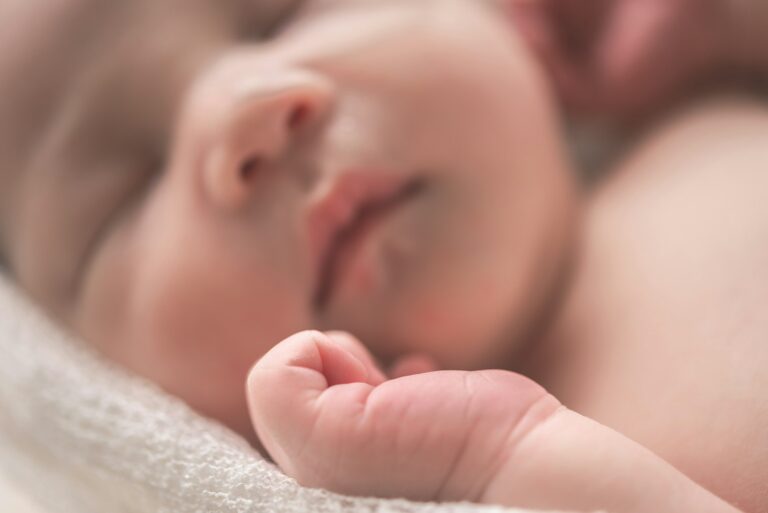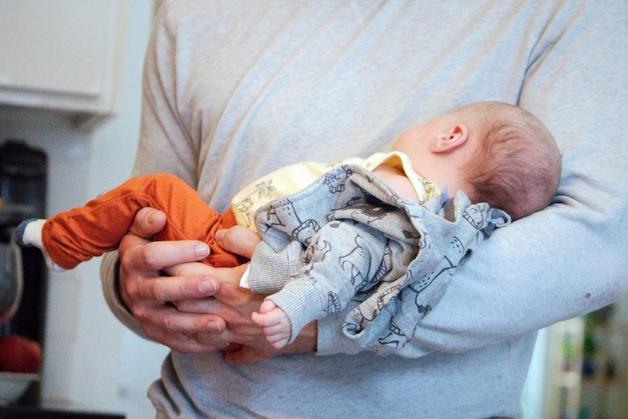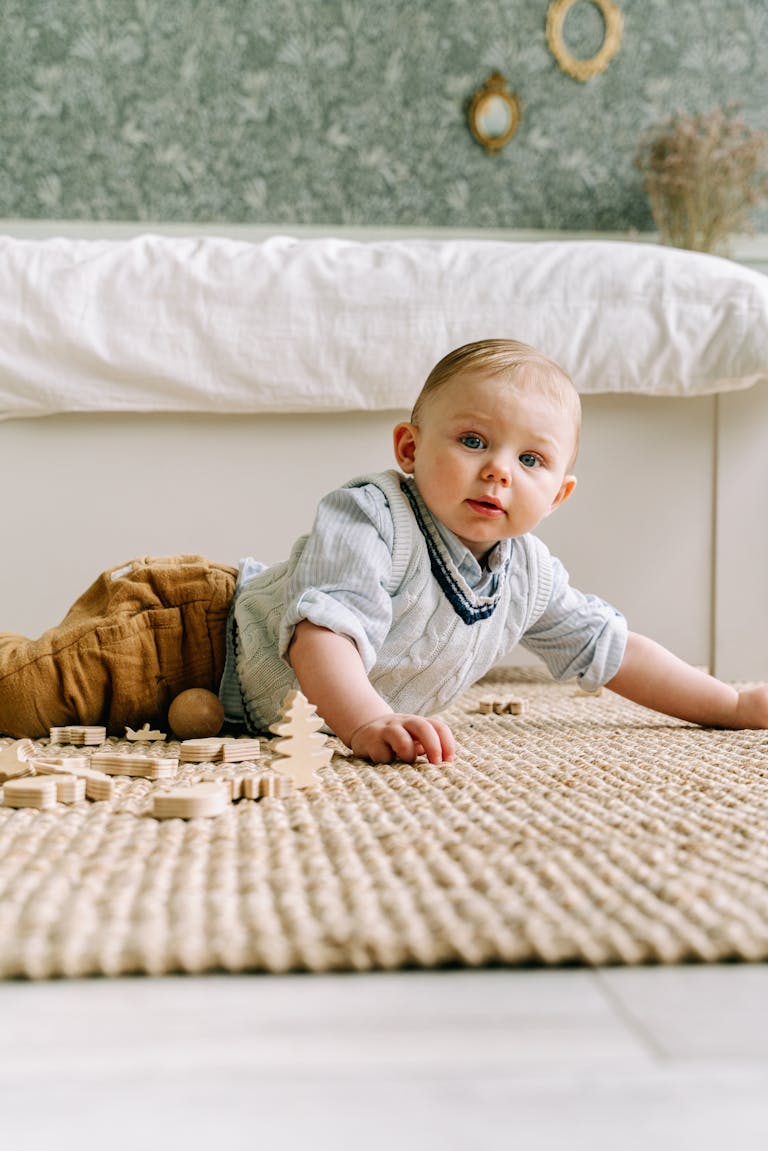Tiny, quick, persistent—baby lice seem designed to challenge even the most patient parent. The moment you spot those minuscule invaders moving through your baby’s hair, a million questions tumble in: Where do lice even come from? Why is my child itchy and irritable in the middle of the night? Is it safe to treat such delicate skin, or are chemicals off-limits? It’s common to feel frustrated, even powerless, when baby lice make their unwelcome entrance. But knowledge grants reassurance, and detail brings real solutions. Understanding the life cycle, real risks, treatment safety, and pragmatic prevention—these are the pillars parents need to approach the battle with calm confidence. Is your baby scratching incessantly? You’re about to discover what’s normal, what needs action, and what never to do. If you’re ready to understand, disrupt, and outsmart baby lice, here’s exactly what the science, medical literature, and everyday experience reveal.
Understanding baby lice and their life cycle
When talking about baby lice, we refer to the nymph stage—tiny, translucent nymph lice recently hatched from nits (the hard-to-remove eggs firmly glued near the scalp). Picture a life cycle with three relentless phases:
- Nits: minuscule ovals, essentially “glued” to hair shafts, resistant to brushing or casual washing.
- Nymphs: newly hatched, impossible to ignore once you know what to look for—smaller and paler than adults, yet every bit as determined to feed on blood.
- Adult lice: about the size of a sesame seed, ready to lay eggs and sustain the infestation.
The clock is ticking: nymphs mature into adults in roughly 9 to 12 days. The entire cycle—egg to egg-laying adult—wraps itself up in close to three weeks. Only humans can host head lice (Pediculus humanus capitis), which means pets in the home are never a source of transmission. Importantly, these parasites lack wings and powerful legs—they can neither jump nor fly, crawling steadfastly from strand to strand, making direct contact by far the most common method of spread.
How do babies get lice? Routes and real risks
You might wonder, “How did my infant—barely socializing—encounter baby lice?” The answer is often found in proximity rather than hygiene. Lice crawl, they don’t leap, making direct head-to-head interplay the usual route. Consider the following scenarios:
- Siblings or playmates with an unnoticed infestation.
- Group naps at daycare, or cozy moments with caregivers.
- Shared items: hats, brushes, pillows, soft toys—when used in quick succession.
Lice are opportunists. The soft downy hair of infants is no deterrent—they adapt, and scalp-to-scalp transfer is shockingly efficient. Objects, though less often the culprit, can’t be discounted. If a brush, towel, or crib bedding contacts an infested scalp and then touches your baby’s head within a short window (lice typically survive less than 48 hours off a host), transmission becomes possible. But, to be clear, dogs or cats are never involved in the transmission of baby lice.
Recognizing signs: what does a baby lice infestation look like?
Irritability. Repetitive scratching. Raw, red skin behind the ears, at the nape of the neck, or above the temples—these are the “classic” calling cards of baby lice. But babies communicate with body language, not words: fussiness at night (lice are most active in the dark), restless sleep, unusual crying, or rubbing the head might all signal discomfort. The medical explanation is straightforward—lice saliva causes mild allergic reactions in the scalp, prompting itching and eventual scratching.
What about the eggs? Nits are oftentimes easier to find than live lice themselves. Glossy, oval, and glued at a slight angle close to the skin, they might be mistaken for dandruff at first glance, but there’s a trick: nits hold fast when you try to dislodge them, while skin flakes flick away easily. Intense scratching can make matters worse, leading to secondary skin infection, red bumps, or even swollen lymph nodes if untreated.
Diagnosing baby lice: parent-friendly technique
High-resolution diagnosis doesn’t require hospital equipment. Settle your baby under bright light (sunlight is ideal), gently separate the hair in small sections—especially at the temples, nape, and behind the ears. Two allies are essential: a fine-toothed lice comb (designed specifically to capture both lice and nits) and a little patience. Dampen the hair (some parents use conditioner for ease) and comb methodically, wiping the comb onto a white tissue after each pass. Are you finding moving specks or unyielding ovals? This is direct evidence.
The distinction between a stray dandruff flake and a nit is simple—if it slides, it’s flake; if it’s glued tight, it’s likely a nit. Discovering live lice, even one, or finding nits close to the scalp makes immediate action necessary.
Effects on babies and family dynamic
Persistent lice aren’t just a medical matter—they drag emotional fatigue into the household. A baby, with open sores from scratching, not only feels physical discomfort but has their sleep and general wellbeing upended. Health-wise, open lesions on the scalp can quickly develop into localized skin infections (impetigo, for example, caused by bacteria entering the scratched skin), occasionally accompanied by swollen lymph nodes. Keep the scalp clean and avoid excessive irritation while addressing the infestation.
From an emotional standpoint, guilt and distress are near-universal reactions in parents, often coupled with worries about stigma. The medical reality? Anyone with hair is “eligible,” regardless of cleansing habits. The challenge lies not in blame, but in quick, calm response and ongoing reassurance—for yourself and your baby.
Baby lice treatment: age matters, safety first
For parents of babies under two months: chemical treatments are strictly off-limits. Their skin is too fragile for medicated solutions. Here’s what the recommendations emphasize:
- Only manual removal with wet combing (a lice comb and conditioner).
- Repeat frequently, as eggs take about 7-10 days to hatch.
Once your child is over two months old, a new set of safe options unfolds. Permethrin 1% lotion (widely available and recommended as a first-line intervention) is generally considered the go-to by pediatricians and dermatologists, but always verify the product’s safety for age and skin type. From six months, prescription treatments such as ivermectin lotion expand the toolkit.
Curious about home remedies? Olive oil or diluted vinegar may help loosen firmly attached nits during combing, but these interventions shouldn’t replace proven therapies. Never use unverified substances: mayonnaise, petroleum jelly, or essential oils not only lack solid clinical support but also carry the risk of allergic reactions and increased irritation.
After initial treatment, check again in 9-10 days for lingering infestation—lice that survive require a new approach (sometimes a different product or method), and persistent symptoms merit a conversation with your healthcare provider.
Practical home management after a lice episode
Treating your child is just the start—environmental control prevents a frustrating recurrence. Here, the best research can be both reassuring and simple:
- Wash clothes, bedding, and towels used within the previous 48 hours in hot water (over 130°F); dry on high heat, at least 20 minutes.
- Plush toys or non-washable items? Seal in airtight plastic bags for two weeks rather than immediately resorting to the trash bin.
- Disinfect combs and brushes in water above 60°C (140°F) for 5-10 minutes.
- Vacuum sofas, mattresses, car seats, and play areas where hair may accumulate.
Resist the urge to use insecticide sprays or fumigators—medical authorities repeatedly stress their limited value and potential health risks, especially for infants and young children.
Preventing baby lice: realistic hygiene and practical tips
No household is immune, but prevention reduces both stress and spread. Routines matter: never share combs, brushes, hats, bedding, or towels among children. Regularly inspect your child’s scalp (especially after school or group activities), looking for nits close to the scalp, and keep long hair tied back during potential exposure moments.
If a lice outbreak is known at daycare or school, quick and open communication between families and caregivers helps disrupt transmission. It’s also worth noting: exclusion from daycare based on lingering nits (the so-called “no-nit” policy) has been widely shown to be unnecessary and stressful, as dead nits pose no risk of transmission.
Emotional and social dimensions: supporting your child and family
Finding baby lice in your family’s midst can trigger a wave of anxiety, embarrassment, or fleeting anger. These reactions, though intense, are entirely normal. What actually helps? Compassion—for yourself, for your child, and for others in your circle, including caregivers. Approach conversations about lice infestations factually and without blame; everyone benefits from empathy, open dialogue, and mutual support. Encouraging your child (even at a young age) to feel safe and cared for during treatment eases the experience, while honest exchanges with educators or other parents reduce unnecessary stigma.
When professional care is needed
Most cases of baby lice can be managed at home by parents aware of best practice. However, certain signs should always prompt a medical consultation:
- Redness, pus, oozing, or swelling at the scalp—suggesting infection.
- Persistent infestation more than 8-12 days post-treatment, despite careful application.
- Allergic reactions (hives, swelling, rash) to any product.
- Ongoing discomfort or escalating symptoms despite careful lice management.
Never initiate chemical treatments in infants under two months without consulting a pediatric professional. In all cases of doubt or complication, your healthcare provider remains the primary resource for safe, personalized advice.
Key takeaways
- Baby lice infestations are driven by hair contact, not hygiene—any child can be affected.
- Know how to recognize nits and the characteristic itchy, irritable scalp with red bumps.
- For infants under two months, only manual combing is advised; chemical treatments are unsafe and unnecessary.
- Babies over two months can be treated with carefully selected, physician-approved products. Always adhere to age and skin sensitivity guidelines.
- Clean all recent textiles at high temperatures; isolate plush items that can’t be washed.
- Discarding unproven home remedies protects your baby’s skin from needless harm.
- Your emotional response matters: Erratic feelings are temporary—what lasts is the bond you reinforce by acting promptly and kindly.
- Open dialogue with caregivers and educators supports collective action and reduces stigma.
- For ongoing discomfort, suspected infection, or doubts, swift medical advice is the wisest course.
And finally, should you want tailored advice or free health questionnaires for your children, download the Heloa app—a handy way to boost confidence with practical, evidence-based guidance tailored to your family.
Questions Parents Ask
Can babies get lice even if they have very little or fine hair?
Absolutely—lice can settle in any type of hair, whether it’s thick, fine, curly, or straight. Even newborns with soft, sparse hair can host lice if they come into contact with someone who is infested. Lice are skilled crawlers and adapt well to all kinds of hair, so the amount or texture of hair does not stop them. Rassurez-vous, il est tout à fait normal de se poser cette question quand on a un bébé.
Are baby lice visible to the naked eye, or are they too small to see?
Many parents worry they won’t be able to spot baby lice. While they are indeed tiny—usually around the size of a pinhead—baby lice (nymphs) can be seen with the naked eye in good lighting. They tend to appear lighter in color and are often easier to spot by carefully parting the hair and examining the scalp, especially behind the ears and at the nape of the neck. A fine-toothed lice comb and patience make the process easier and more effective.
How do I safely remove lice eggs (nits) from my baby’s hair?
Nits are stubborn, sticking firmly to hair strands. For young babies, manual removal is the safest approach. Try dampening your child’s hair and gently sliding a fine-toothed lice comb through each section. Doing this under good light, and using a bit of conditioner, can make the process more comfortable and effective for your little one. It’s essential to repeat combing regularly since some eggs may hatch over several days. Above all, be patient and gentle—your child’s comfort and safety come first.
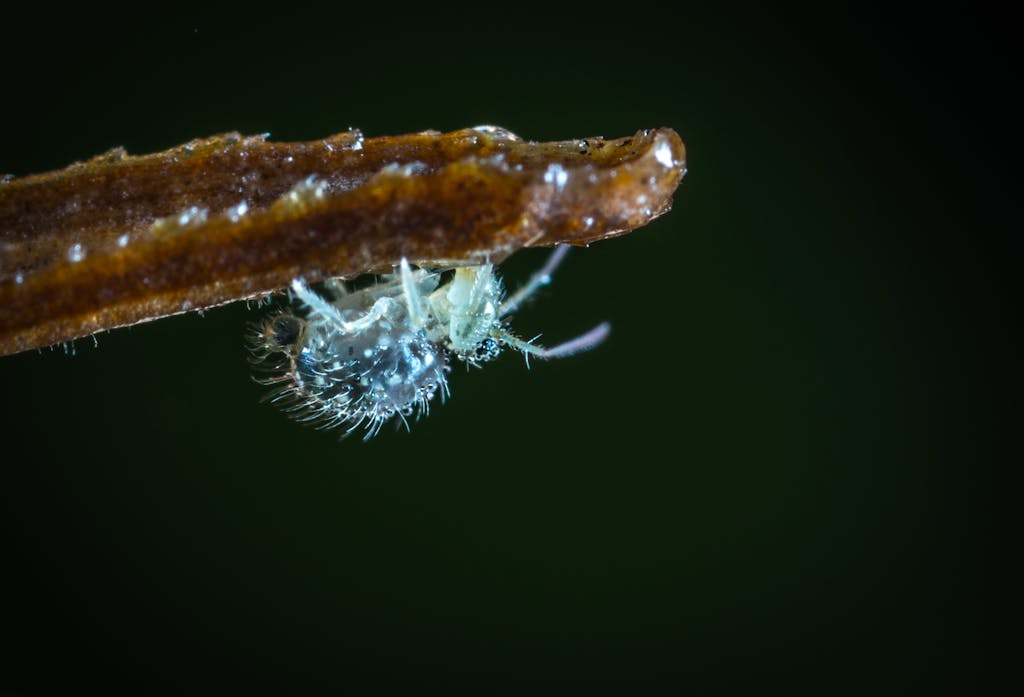
Further reading:

